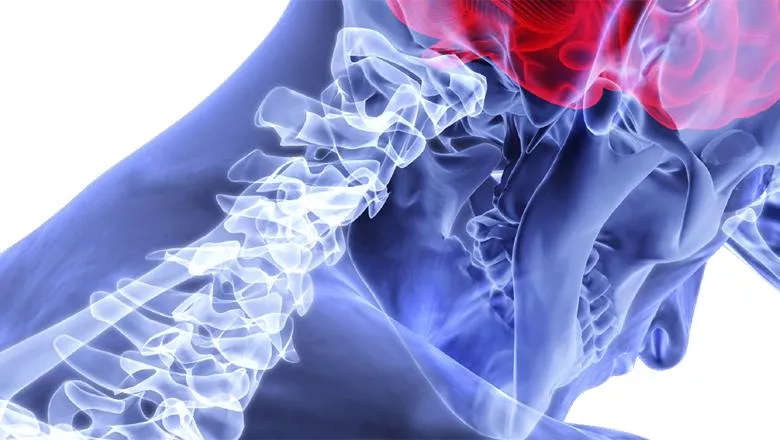“The ability of ULF neuromodulation to inhibit pain neurons in a controlled and reversible manner is incredibly exciting. Of course, there are several forms of neuromodulation being used for pain control but what impresses me about this approach is that it demonstrates a novel and powerful mechanism that is likely to be applicable in many contexts. The mechanism of action of this technology has been studied from bench to bedside and we now understand that ULF neuromodulation can elicit both an immediate and slowly developing neural inhibition through sodium channel inactivation, which can be particularly useful in persistent pain states.”
Professor Stephen McMahon, King's IoPPN
26 August 2021
Ultra-Low Frequency electrical currents offer potential for future pain therapies
New research has found that Ultra- Low Frequency (ULF™) electrical currents could help to manage symptoms of chronic pain in humans.

The investigators, working with colleagues at the University of Michigan and Presidio Medical Inc., have published a study in Science Translational Medicine, demonstrating that low levels of electrical current can be used to inhibit pain signals in nerves from ever reaching the brain, resulting in a marked decrease in the levels of pain experienced by participants. They now hope that this can be developed into a means for future treatment for chronic pain.
The therapy works by inhibiting the transmission of pain signals, which resulted in a marked decrease in the study participants’ perception of pain.
Previous studies have shown that electrical neuromodulation (the alteration of pain perception through targeted delivery of electrical impulses) can be used as an alternative to medication and more specifically opioids. Previously, electrical approaches relied on activating the spinal nerve circuits that indirectly depress pain signalling. The novel ULF treatment instead directly inhibits pain signals before they can be relayed to the brain.
In this research, 19 participants with experience of either chronic back and/or leg pain completed the clinical trial. All participants had multiple co-morbidities and/or had tried multiple forms of pain intervention without success.
Once electrodes had been surgically implanted over the spinal cord into each participant, ULF current was turned on. Participants were then measured for levels of pain four times over the course of a 15 day period, and once more a week later once the electrodes had been removed. All participants noted at least a 50% drop in pain, while seven of the 19 noted that their pain had completely gone. When measured at day 23 (when the electrodes had been removed) all participants noted return of their pain to near previous levels.
Chronic pain remains a leading cause of disability worldwide. According to the charity Versus Arthritis, around 15.5 million people in England (34% of the population) have chronic pain. Around 5.5 million people in England (12% of the population) have high-impact chronic pain and struggle to take part in daily activities such as self-care, family, community and work. Treatment for this has relied upon opioids, but these are generally of limited effectiveness and can pose a risk to the user in terms of their addictiveness.
Dr Martyn Jones the study’s lead author of King’s IoPPN and Zenith Neurotech Ltd said, “From the moment we began to investigate ULF in the laboratory, we were struck by its ability to inhibit nerve signals in models of pain in a way that we have not seen with other technologies. It’s very exciting to be working on this novel approach to neuromodulation with a great team of colleagues at Presidio Medical and University of Michigan”.
Dr. Marc Russo, a Pain Medicine Physician and Director-at-Large of the Neuromodulation Society of Australia and New Zealand said, “This novel technology elicits a unique mechanism of pain inhibition in the nervous system, which translates to improved efficacy for a wide variety of chronic pain patients. Because ULF neuromodulation works differently and appears to be more efficacious than existing spinal cord stimulation technologies, we can explore existing and new applications to improve even more patients’ lives.”
This study was possible thanks to funding provided by Presidio Medical Inc.
Neuromodulation using ultra low frequency current waveform reversibly blocks axonal conduction and chronic pain (DOI:10.1126/scitranslmed.abg9890) (Martyn G. Jones, Evan R. Rogers, James P. Harris, Andrew Sullivan, D. Michael Ackermann, Marc Russo, Scott F. Lempka and Stephen B. McMahon) was published in Science Translation Media.
For more information, please contact Patrick O'Brien (Senior Media Officer)
